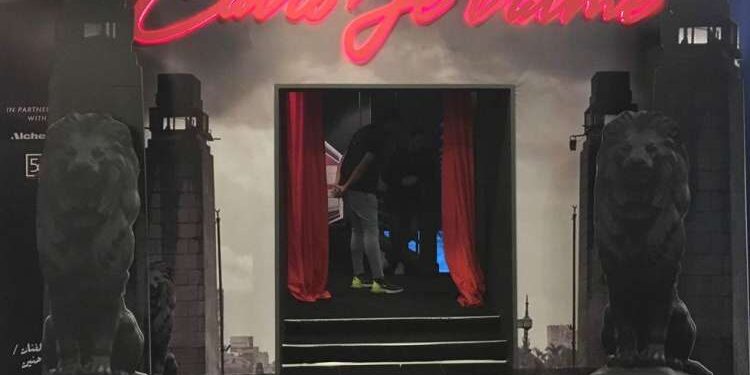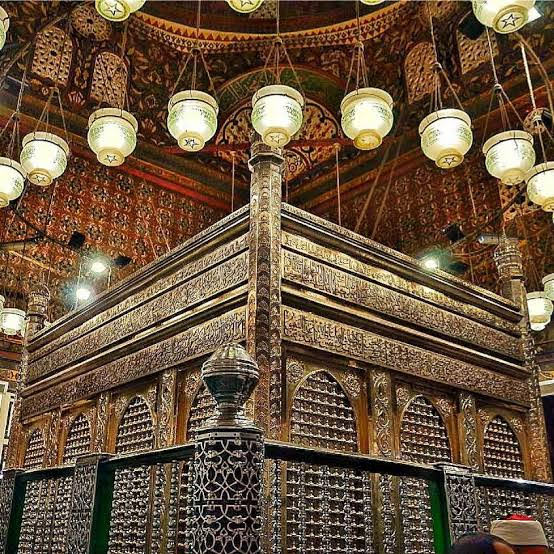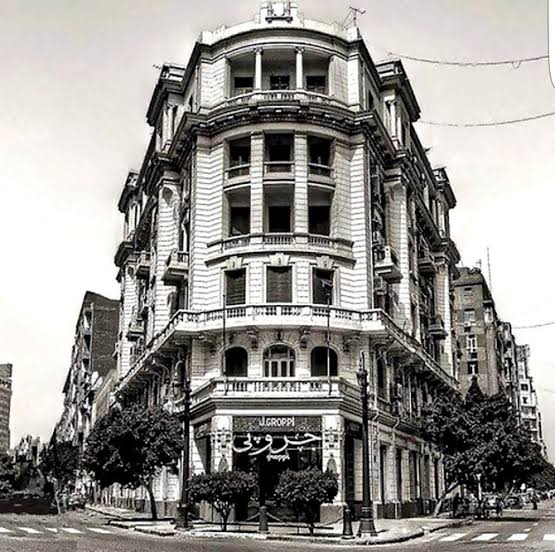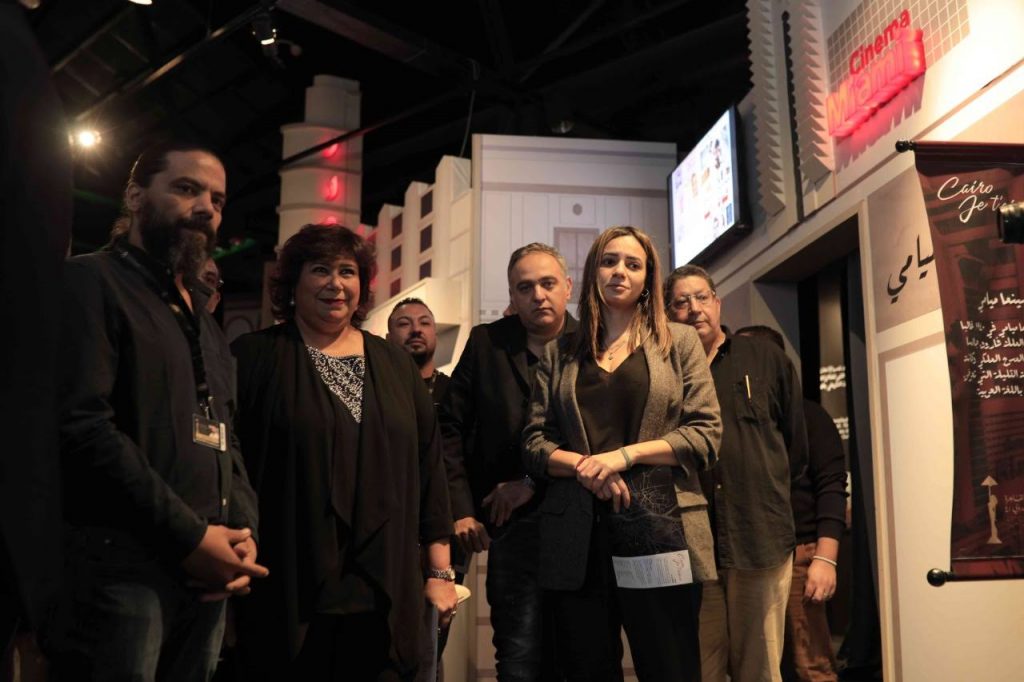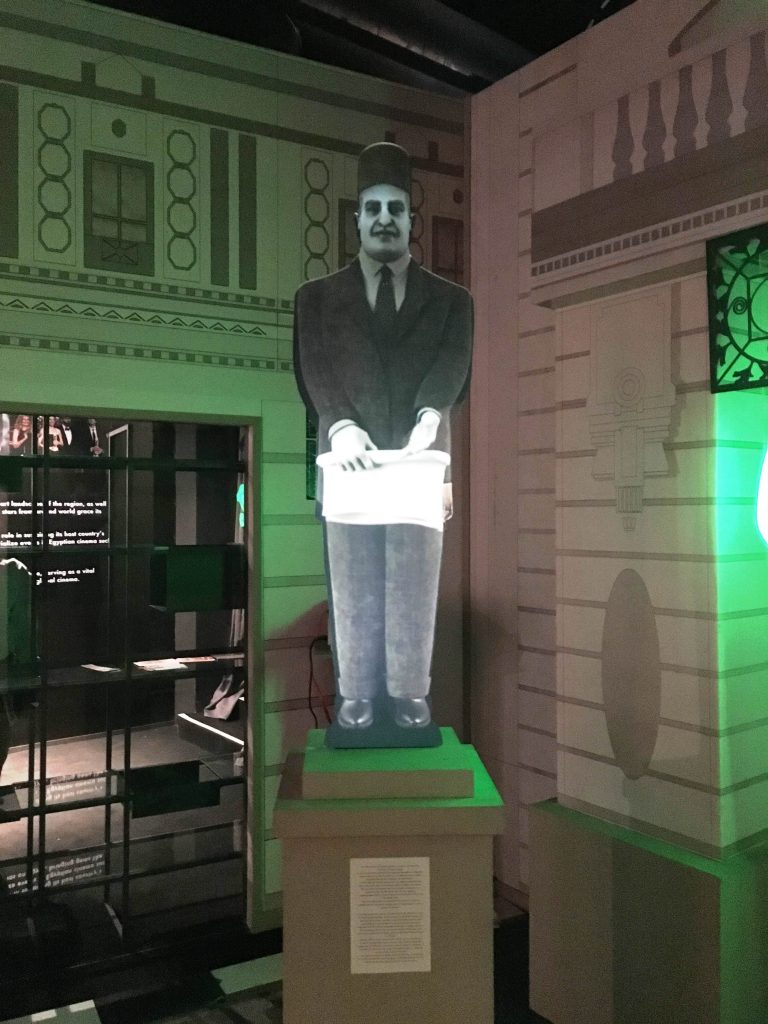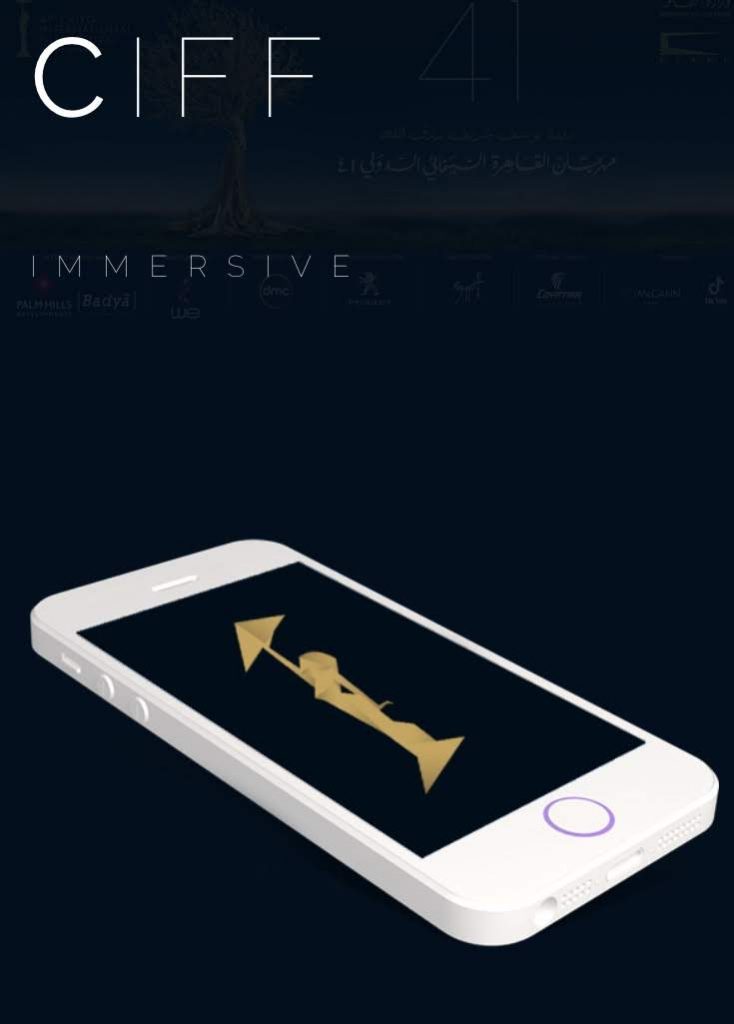When I was very young, I watched all the Egyptian films that were on television. I had laughed with Adel Imam, I cried with Faten Hamama, I sang with Abdelhalim Hafez, I had jealous of the sympathy of Souad Hosni, I had trembled in front of Si Sayed (Yahya Chahine in the trilogy of Naguib Mahfouz), I had known my first romantic feelings with Roshdy Abadha…
Then, a teenager, my mother, herself passionate about Egyptian films, took me to the cinema with her to see her idols. This is how we had seen dozens and dozens of films from the 1970s and 80s, and more particularly those of Nadia Il Gendi, Najla Fethi, Mahmoud Yassine…
Adult, I continued to go see all these Egyptian films.
Like a large number of young people of my generation, I grew up by dreaming of Egypt. When I was 22, my parents finally offered me this trip to the land of Arab cinema.
Arrived on site, I had the impression of joining a film. In fact, I lived in a film. People were talking like in a film. The districts and streets were like in the films and were all very familiar to me, I had always known Zamalek, El Maadi, Garden City, El Gamaleya….
El Hussein mausoleum
In addition I had the impression on each visit that I accomplished, to live something that I had already seen in a film: at “Sidna il Hussein” I remembered the famous visit of “Sitt Amina” to this same mausoleum in the film Impasse of the two palaces (1964) adapted from Naguib Mahfouz’s book; And what an emotion by passing in front of the GROPPI tea room (currently under restoration work) in which all the appointments were given in black and white films or in front of the courthouse where very many films were shot …
The GROPPI tea room
It had also been the same in Alexandria. The famous beach that we see in several black and white films, with its small bungalows by the sea, or the park of the Royal Palace where Shadia and Abdelhalim Hafez declared their love… ..
In each place, I had memories…. And of course I took photos in all these places.
During my next trips, this impression of living in a film has faded a little. I used to get to the fact that all Egyptians speak as in a film (it is obvious of course that the Egyptians in real life, speak in Egyptian as they speak in their films!). But this joy and this happiness of being in a “mythical” place are always alive.
Meet in the famous cafe and bar El Horreyawhere Hend Sabry and Mahmoud Hemeda met in the film Malik wa Kitaba (2006), or dinner at the Greek club where Adel Imam was going to listen to Yosra playing the piano and sing in Yacoubian building (2006), or walk in the streets of Heliopolis where Ghada Adel had fallen in love with Khaled Abol Naga in Fi shoqet masr al gededa (2007)…
This magic was renewed last week during my participation in the international conference “Cinema and literature in Egypt” organized by the University of Cairo.
Finding myself in front of this university building, with the fame so famous, or dozens and dozens of films were shot, or almost all Egyptian actors have studied in several films, like Souad Hosni in Khalli Belek Min Zouzou (1972), or Nelly Karim in Bent ismaha zaat (2013) or even Mohamed Emam in theYacoubian building (2006)…
We thus realize how much cinema can promote a country, its culture and its history. Nothing can match cinema in this area, not even literature. A book can make you want to know a country and visit it, but I think that an image that is printed in our memories can be even more efficient or impressive.
The Cairo International Film Festival (CIFF), wanting to preserve the memory of Egyptian cinema, used new technologies to make us live and relive these experiences. This is how for this 41st edition, an exhibition Cairo, I love you was organized.
The Minister of Culture and the President of the CIFF inaugurate the Cairo I love you
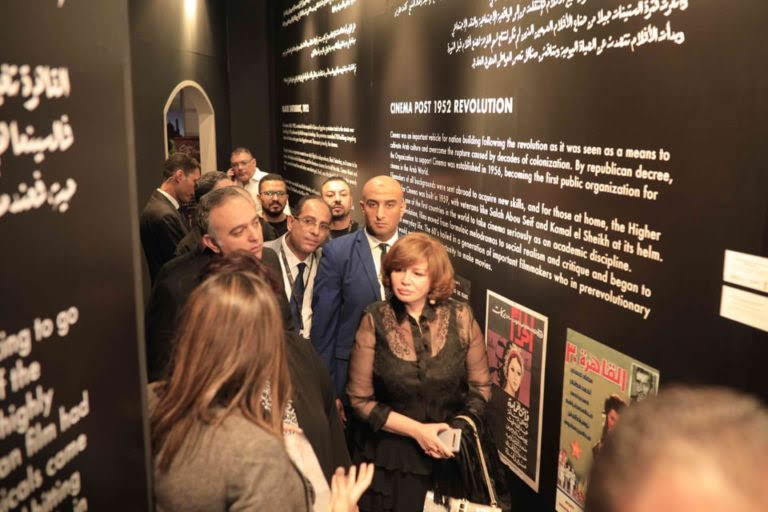
Cairo I love you
Inaugurated by Ines Abdel Dayem, Minister of Culture, Mohamed Hefzy, President of Ciff, Actresses Elham Chahine and Lebleba and several other cinema professionals, Cairo I love you Allows you to walk in place Talaat Harb, where the animated statue of the latter recounts the beginnings of Egyptian cinema and its links with the city of Cairo, to pass in front of the facade of Groppi, to see a film in the Miami cinema…
Cairo I love you – The statue of Talaat Harb tells the start of Egyptian cinema …
Some photos on display overlap films on Cairo places where films were shot.
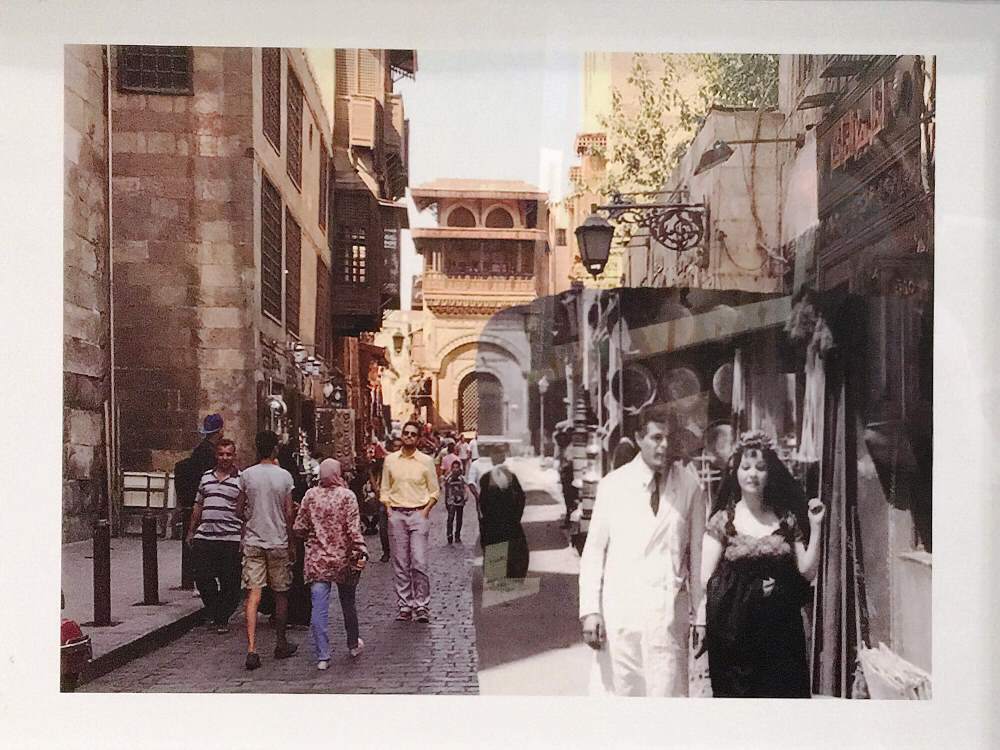
In addition to this exhibition, an application on mobile phone (to download here) Allows you to walk in the streets of Cairo and discover the districts in which films have been shot.
What beautiful memories and beautiful emotions!
CAIRO application I love you.
Neïla Driss
Read on the same subject:


